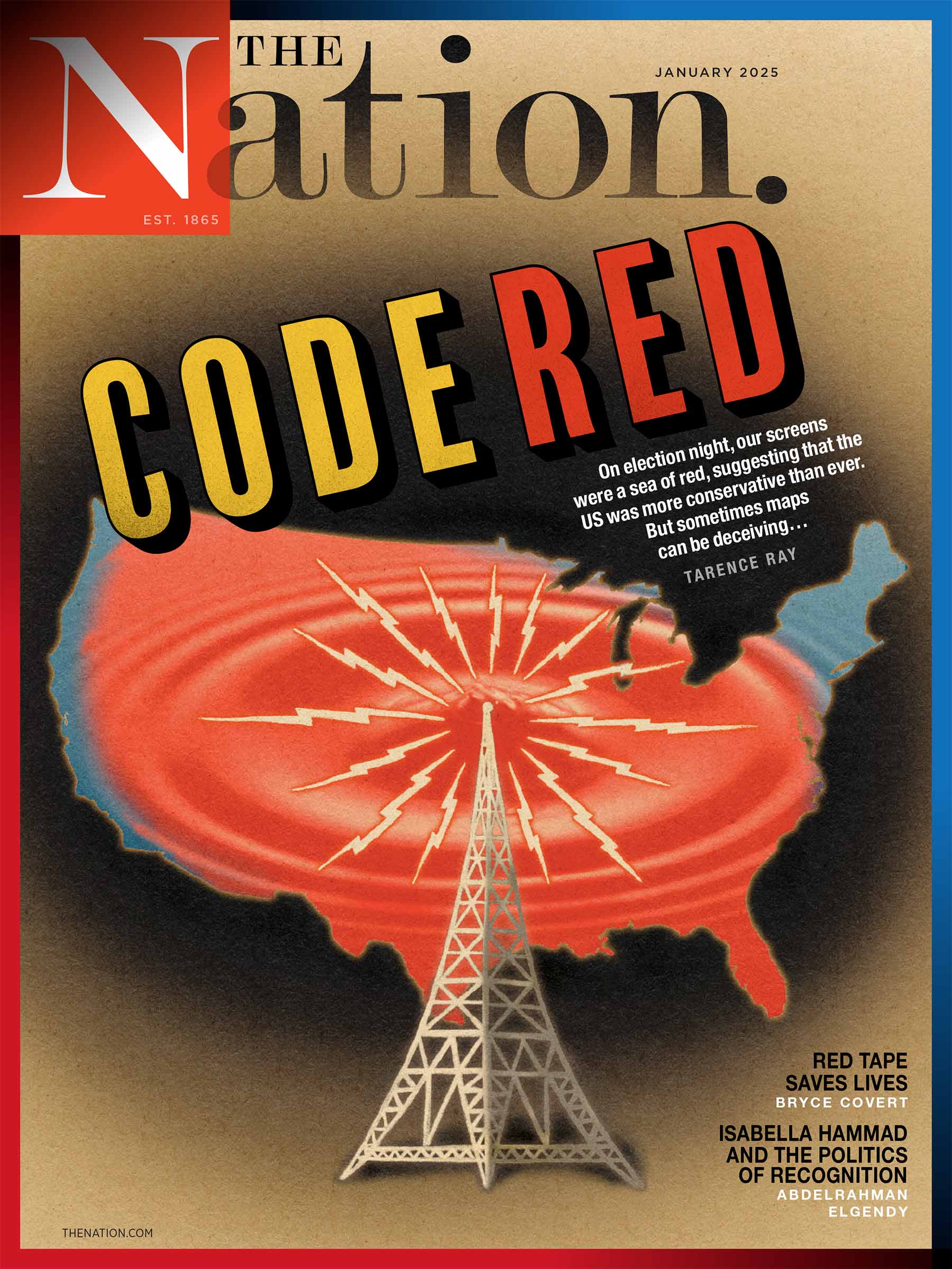The hurricane on Wall Street blew the hurricane in Texas off the front page and out of the minds of Americans this weekend. In money terms, the damages from the Wall Street storm are already greater than those caused by the winds that blew through Houston.
After the bankruptcy of Lehman Brothers and its rattling repercussions, the most immediate question is whether or not this succession of Wall Street disasters will slow business activity and result in lower incomes and larger job losses. That is what happened from 1930 to 1934, when the banking fiasco of that era resulted in the evaporation of the money needed for business to operate.
Many of the banks loaned money to Lehman Brothers and other Wall Street firms and are afraid they may not get it back, so they are holding tight to the capital they have left.
Ben Bernanke, chairman of the Federal Reserve Board, understands this danger full well. For months now he has been straining to keep money in the system so the wheels of commerce can continue to turn. He has only been partially successful, as anyone trying to get a mortgage to buy a house will tell you.
At the same time the threat of Lehman Brothers and others defaulting on bonds backed by real estate mortgages has cast a shadow over the investments of private and public employee pension funds, colleges and other nonprofits. As of now we cannot say how badly they have been injured, whether they can recover or whether or how much pensioners will suffer.
Millions of people with 401(k)s and college funds for their children have taken a beating, as the financial and banking stocks have dragged down the entire market. The same holds true for people with ordinary investments. How badly they have been mauled and to what extent they may recover is another question for which there is no answer now.
If people panic and sell their investments they cement in their losses. This is classic buy-at-the-top, sell-at-the bottom behavior, but the urge to sell out and put whatever is left in a secure place overwhelms people. Unfortunately, the more money they pull out of active investments and put into safe but stagnant government bonds, the less money there is for daily businesses to operate with and the fewer jobs there are.
One question to which there are tentative answers is why Henry Paulson, the Secretary of the Treasury, decided not to rescue Lehman Brothers. He had already done so with Bear Stearns, Fannie Mae and Freddie Mac.
Evidently, these Republican businessmen, seeing that they had already nationalized a significant segment of the American financial system, drew back. Finance was on the brink of ceasing to be a private enterprise, so they chose to take the risk of a major bankruptcy and let the earth quake for a couple of days. At least they hope it will only be a couple of days before the stock market climbs back out of its shell hole and inches its way upward.
There is a powerful argument in favor of bankruptcy, harsh as it is. Bankruptcy punctures balloons and bubbles and re-prices things at what they are worth after the debt has been drained from them. Bankruptcy, though it is the castor oil of economics, also establishes a market bottom, the price below which a stock, a bond or a house will not go.
Without knowing where the bottom is, people will not invest. People are not going to pay $10 for something if they fear it will be worth $7 in a week’s time. That’s what has been happening for months, as analysts and economists announce a bottom has been reached–only to see prices drop farther. The Lehman bankruptcy may bring us closer to the long-sought bottom.
The hope of government intervention is that by assuming risks, buying assets and strategic lending, a bottom can be created. It has not happened but using the government to try to make a bottom increases the nationalization of American capital markets.
That is not, apparently, what Paulson wants–thus Lehman Brothers was allowed to slip under the waves, though there are suspicions that Paulson, Bernanke and their collaborators were still trying to manipulate outcomes these past few days, aroused by the strange sale of Merrill Lynch to Bank of America.
Since last October, when Merrill CEO E. Stanley O’Neil tried to sell the nation’s largest stockbrokerage, Wall Street watchers have suspected the company was insolvent. Yet Bank of America bought it for what appears to be a high price, raising speculation that the deal was put together with government help, the amount of which we can only guess at.
It seems that free marketeers such as Paulson are terrified of letting the free market work its will on the society. Thus they vacillate.
Statements coming from the presidential campaigns are about regulatory reform but, with or without it, Paulson and the Bush Administration have already completed changes which will take years to undo, if ever they are.
In the meantime, prayer is in order: Now Lehman has been laid to sleep, I pray the Lord my stocks to keep.


